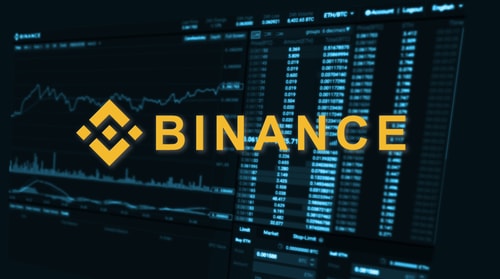What’s the Difference Between BTFS and IPFS?
Distributed storage might not sound like the most enthralling topic, but the ongoing battle for dominance among competing protocols is likely to have far-reaching consequences for 4.5 billion active web users.
At present, two entities are vying for supremacy, with BitTorrent File System (BTFS) going up against InterPlanetary File System (IPFS). Though the raison d’etre of each protocol is virtually identical, with each project promising to usher in a safer, more secure internet, this is a technological arms race that is destined to be fought to the finish.
And on recent evidence, BTFS is the odds-on favorite to score a knockout victory, having launched its mainnet ahead of its great rival.
Why BTFS Has the Edge
Like IPFS, BTFS is challenging the hegemony of centralized data storage systems and making inroads on internet decentralization. But while the respective file storage and content distribution networks share a common goal, it is BTFS that has taken the initiative.
A protocol and network application that provides a peer-to-peer mechanism for storing and sharing disparate digital content, BTFS is part of a powerful five-pronged ecosystem that boasts a ton of capital and a preponderance of potential users. Well over 170 million users reportedly.
BTFS is part of the many-tentacled TRON ecosystem that includes Justin Sun’s eponymous network, the world’s biggest decentralized file-sharing protocol BitTorrent, the BitTorrent token (BTT), and TronGrid, the latter permitting developers to access valuable tools to create decentralized applications (dApps) on TRON. It is this joined-up approach that gives BTFS a decided advantage over IPFS.
In-Built Wallets and Storage Space Mining
BTFS has been busy making moves in recent weeks. As well as launching its mainnet on June 17, casting shade on IPFS – a project which predates it – details of a new storage space mining revenue model have been released. It’s all part of BitTorrent’s plan to incentivize users to host content on the protocol, sharing storage space and retrieving files to earn rewards. As far as tokenomics are concerned, a wallet feature has been integrated, comprising a BTFS in-app wallet and a BTT crypto wallet.
A TRC-10 utility token, BTT has been tradeable for 18 months now, is listed on 80 different cryptocurrency exchanges, and powers features of various decentralized applications on TRON. The liquidity of BTT can almost be seen as an affront to Filecoin, the flagship file-sharing protocol that utilizes IPFS and generated $257 million in the midst of 2017’s ICO boom. Despite the sizable war chest, Filecoin (FIL) is only available on a few exchanges as an IOU while the mainnet remains in the testnet.
While FIL token-holders eagerly wait for the launch, BTFS has storage space miners salivating with the announcement of 20 billion BTT in bonuses. Particularly since BTFS has a lower mining threshold than Filecoin, with the average computer (Dual-core 2GB) able to participate.
Of course, Filecoin may yet make up lost ground. Even Justin Sun recently called it a great project, and its testnet launched in May with the goal of building, educating, and rewarding early community members. But the clock is certainly ticking. And with a user base of 170 million, 75,000 nodes, thousands of TRON dApps, a liquid token, and one billion downloads under BitTorrent’s belt, the five-pronged protocol won’t be easily unseated.
The post What’s the Difference Between BTFS and IPFS? appeared first on CryptoPotato.









